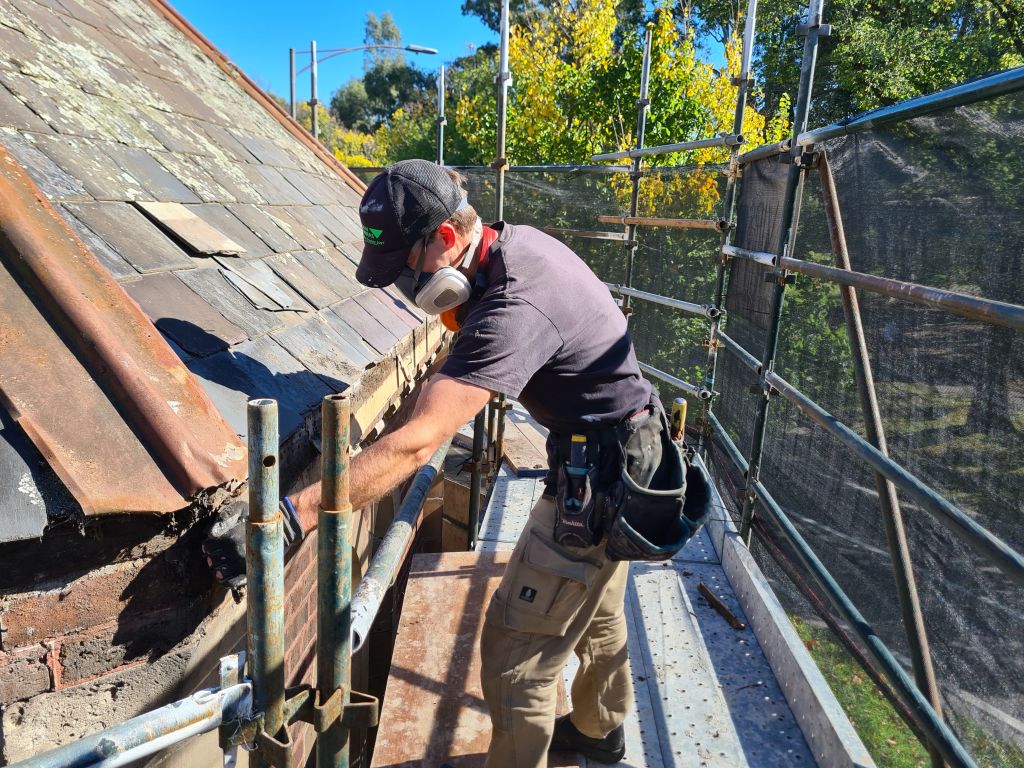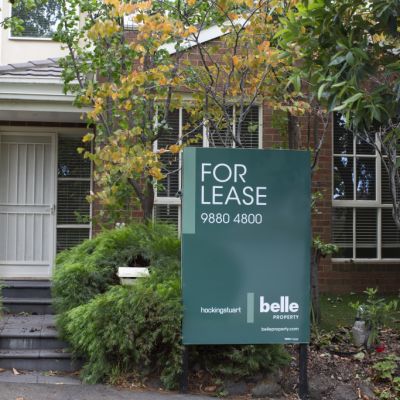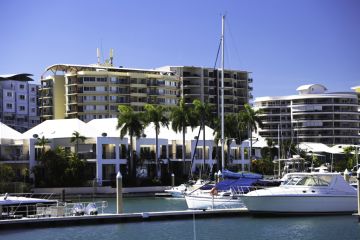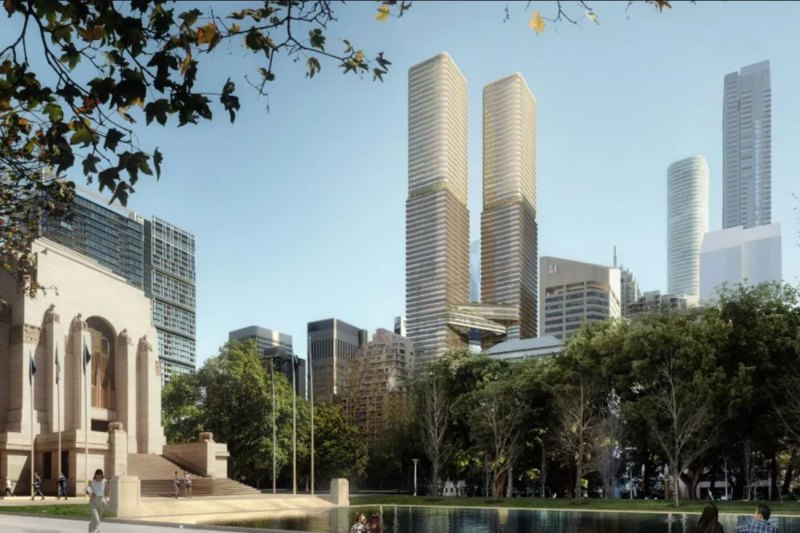ACT Budget 2021: Property industry concerned about the future, post-lockdown

The capital’s property industry has welcomed the ACT Budget but is concerned about what the economy would look like once lockdown and the pandemic are in our rearview mirrors.
ACT chief minister Andrew Barr delivered his financial year update on Wednesday, a month after it was scheduled to be announced. The delay was due to the territory-wide lockdown that had been in place since August 12.
In his address to the Legislative Assembly, Mr Barr outlined his three priorities over the next financial year: “To protect the health of the community, deliver on our election commitments, and turbo-charge our economic recovery.
“This budget is the next stage of the government’s plan to support Canberrans through the pandemic and recover from this once-in-a-generation crisis,” Mr Barr said.
“The budget sets out our recovery and rebuilding effort. This is a full-throttle budget to get Canberra’s economy moving again.”
Mr Barr outlined eight property-related measures in this year’s budget, including increasing the capacity of Access Canberra to regulate building quality across the construction industry, which will be funded through a seven per cent increase in the Building Levy from July 1, 2022.

Housing Industry Association ACT and Southern NSW executive director Greg Weller said regulating building quality across the capital was a “positive move” by the ACT government but described it as “a death by a thousand cuts”.
“We support this but it’s disappointing that the ACT government have done it via an increase in the building levy, which will be an additional cost to already high building costs,” Mr Weller said.
“Managing building quality is something that shouldn’t have a tax on it. I think the industry is well and truly paying its way through.”
The budget noted that border closures, both domestic and international, have significantly affected the labour market, resulting in labour shortages for both skilled and unskilled jobs.
Master Builders ACT chief executive officer Michael Hopkins urged the government to invest in upskilling infrastructure workers.
This comes as the territory government made a $5 billion commitment to infrastructure over five years, of which $935 million will be for housing and community support and safety. More than $580 million of this will go towards building new public housing dwellings and renewing existing ones.
“The government is going full-throttle on infrastructure spending but has put the handbrake on apprenticeship funding,” Mr Hopkins said.
“Spending on infrastructure is a strategic and sensible investment by the ACT Government, but without the necessary skilled workers to build these projects they are destined to remain plans on a shelf.”
Mr Weller added that while the money spent towards public housing is important, “we need to work on reducing the number of people that need public housing”.
“Part of that is boosting the supply of housing for both owner-occupiers and investors,” he said.

The government expected “greater freedom of movement domestically” once vaccination thresholds were reached.
“Once we get to the other side of the pandemic and borders open up again, we will likely see population growth, which is all the more reason why we need to make sure we bring the right housing to the market,” Mr Weller added.
“It doesn’t have to happen quickly but we have to put in the effort now for years down the track.”
Property Council of Australia ACT executive director Adina Cirson called on the ACT government to create a targeted strategy aimed at population growth.
“That means making sure Canberra remains a competitive and attractive place to live, study, work, invest and do business in,” she said.
“In order to do that we must make sure that our tax settings are fair and sustainable, that we innovate to attract investment here and that the infrastructure investment pie – as delivered in this budget – continues to grow.
“Whether this budget is ‘enough’ remains to be seen. These are uncertain times, and I am not sure this budget will deliver what is needed to be leaders on our economic recovery.”
We recommend
States
Capital Cities
Capital Cities - Rentals
Popular Areas
Allhomes
More









